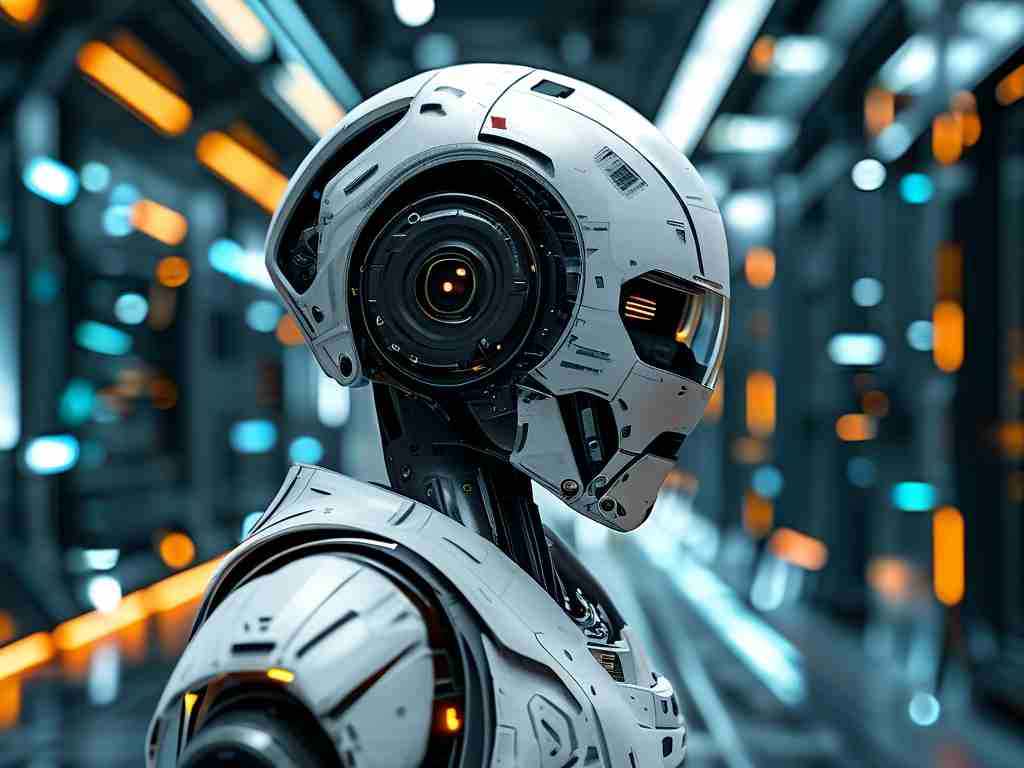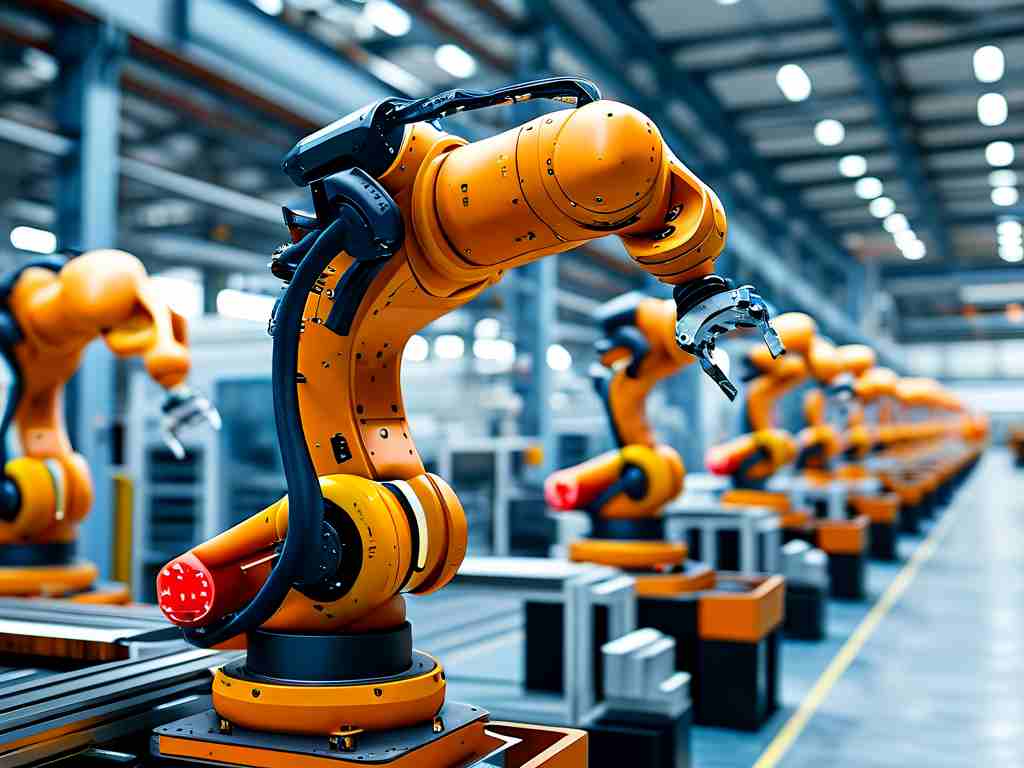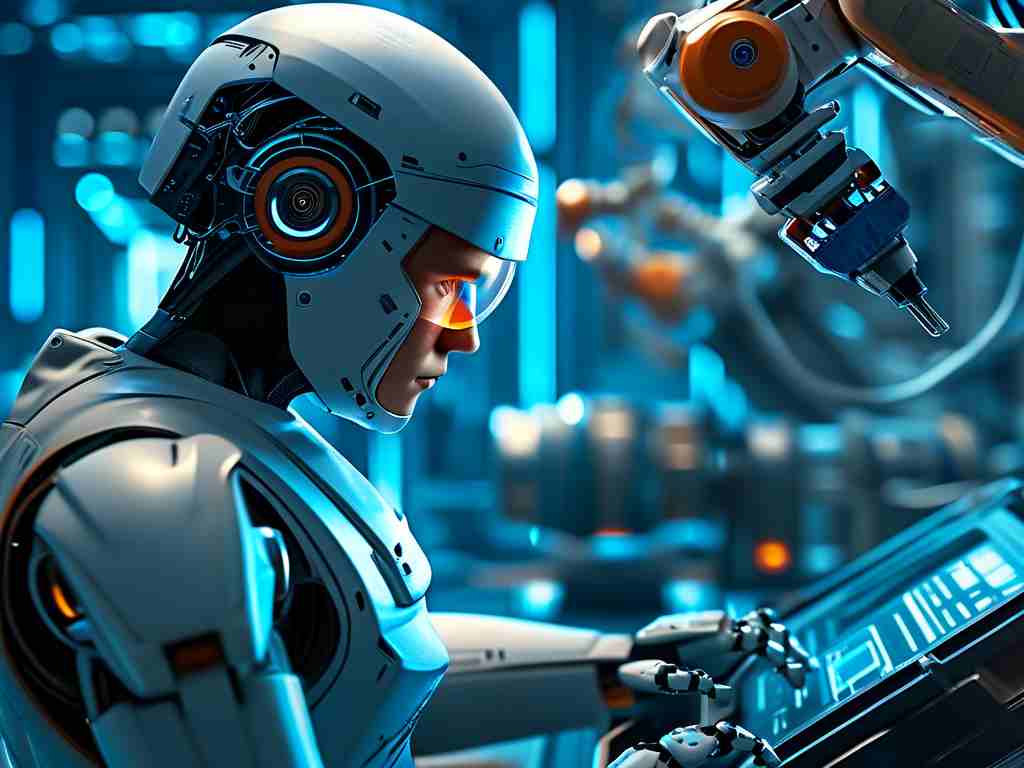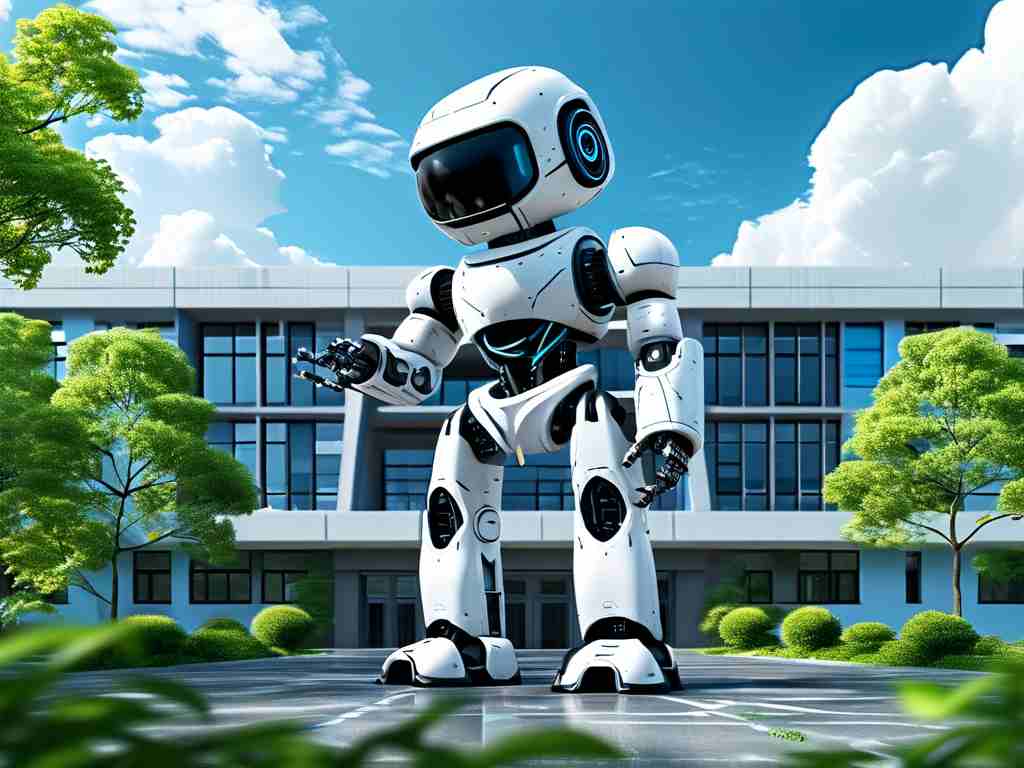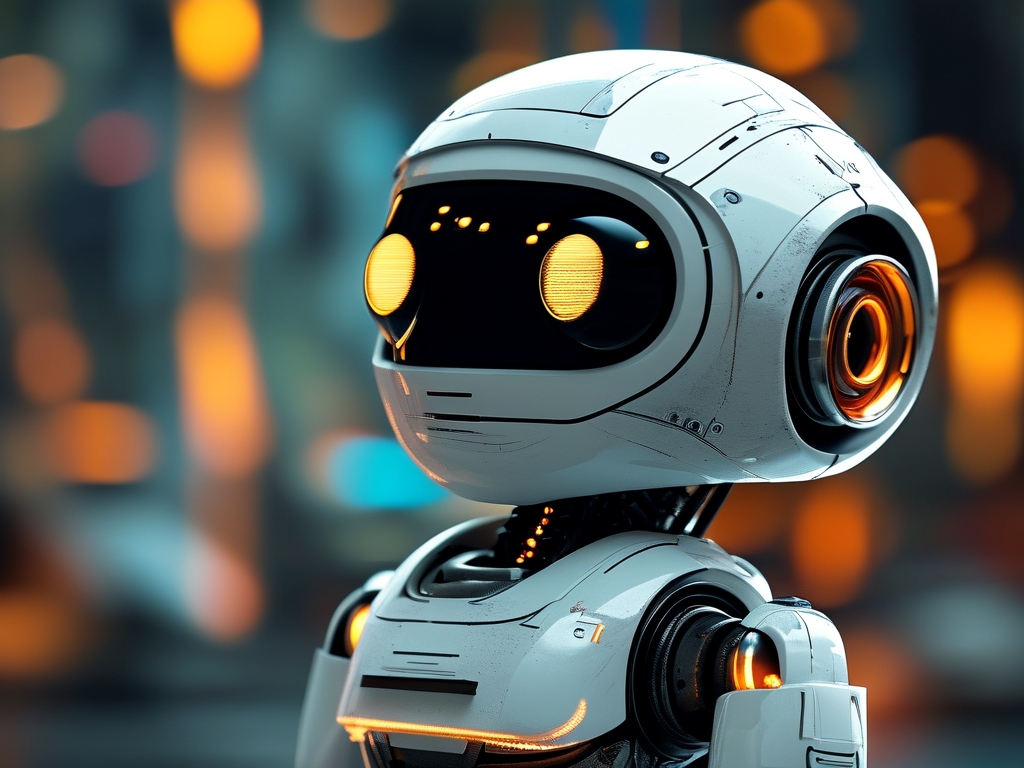The landscape of technology is undergoing a seismic shift as robotics transitions from niche expertise to mainstream accessibility. For decades, robotic systems were confined to research labs and industrial settings, requiring specialized knowledge in mechanical engineering, programming, and control systems. Today, however, advancements in user-friendly tools, open-source platforms, and affordable hardware are dismantling these barriers. This transformation means that robotics is no longer the exclusive domain of experts—it’s becoming a skill anyone can cultivate.
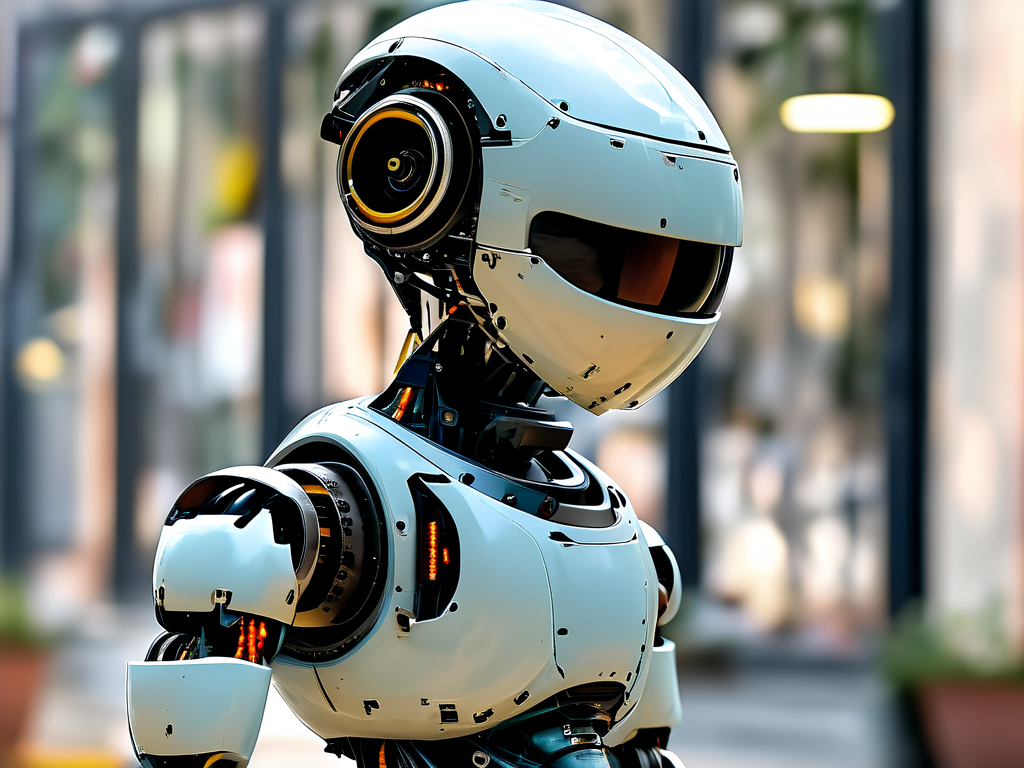
One driving force behind this democratization is the proliferation of educational resources. Online platforms like Coursera, Udemy, and YouTube now offer structured courses tailored to beginners. These programs break down complex concepts such as kinematics, sensor integration, and machine learning into digestible modules. For instance, a high school student can learn to program a robotic arm using Python through interactive simulations, while a hobbyist might build a weather-monitoring drone with step-by-step video tutorials. The emphasis is on hands-on learning, enabling users to experiment without needing a formal engineering background.
Open-source communities have also played a pivotal role. Projects like ROS (Robot Operating System) and Arduino provide frameworks that simplify development. ROS, for example, offers pre-built libraries for navigation and object recognition, allowing developers to focus on customization rather than reinventing foundational algorithms. Similarly, Arduino’s microcontroller kits empower users to prototype robots using modular components. These platforms thrive on collaboration, with forums like GitHub and Stack Overflow enabling knowledge-sharing across global networks. A farmer in Kenya, for instance, recently shared a low-cost irrigation robot design that combines Arduino sensors with salvaged materials—an innovation that went viral in maker communities.
Cost reduction in hardware has further accelerated adoption. A decade ago, building a functional robot required thousands of dollars in sensors, actuators, and processors. Now, companies like Raspberry Pi and NVIDIA offer single-board computers priced under $100, capable of running AI models. 3D printing has also slashed expenses; enthusiasts can fabricate custom parts for under $20. Take the example of OpenBot, a project by researchers at MIT: it transforms smartphones into autonomous robots by leveraging their built-in cameras and processors. This approach demonstrates how everyday devices can be repurposed for advanced applications, bypassing the need for expensive proprietary systems.
The rise of no-code and low-code tools is another game-changer. Platforms like Microsoft’s MakeCode and Blockly allow users to program robots using visual drag-and-drop interfaces instead of writing lines of code. Teachers in elementary schools are adopting these tools to introduce robotics through puzzle-like activities. In one case, students in Brazil programmed a fleet of miniature Mars rovers to navigate obstacle courses—all without typing a single command. For professionals, tools like UiPath automate robotic process automation (RPA), enabling office workers to deploy software robots for tasks like data entry. This blurring of boundaries between coding and non-technical users is redefining who gets to “build” in the robotics space.
Despite these advancements, challenges remain. Ethical considerations, such as job displacement due to automation, require thoughtful discourse. Moreover, ensuring equitable access to robotics education in underserved regions demands infrastructure investments. Initiatives like UNESCO’s AI for Good campaign aim to address these gaps by partnering with tech firms to deliver training and hardware to rural schools.
Looking ahead, the fusion of robotics with AI and IoT will amplify its accessibility. Imagine voice-controlled home robots assembled from DIY kits or AI tutors that adapt robotics lessons to a learner’s pace. As barriers continue to fall, the phrase “everyone can do robotics” will evolve from aspiration to reality—ushering in an era where innovation isn’t limited by technical pedigree but fueled by creativity and curiosity.


